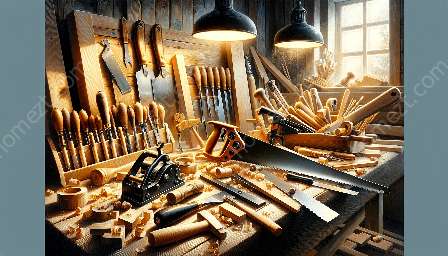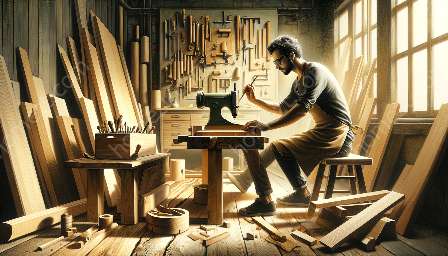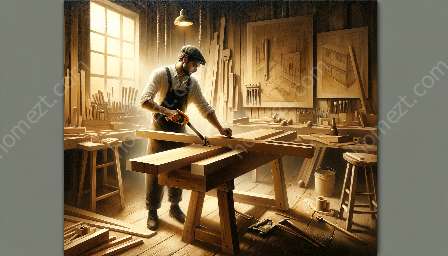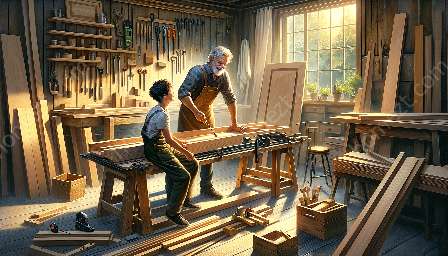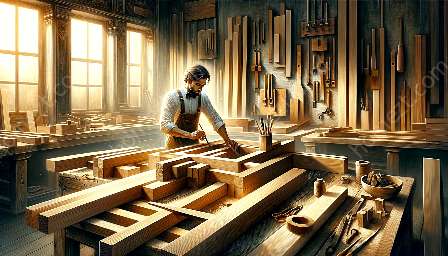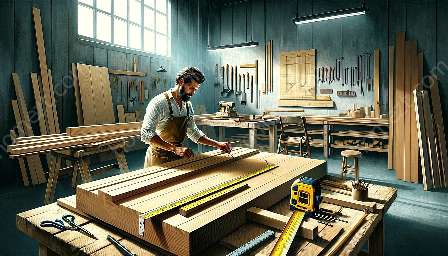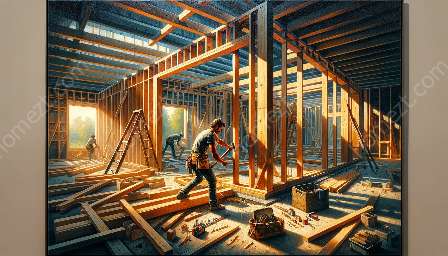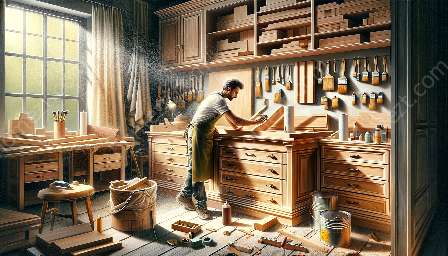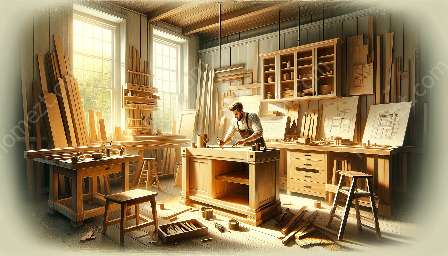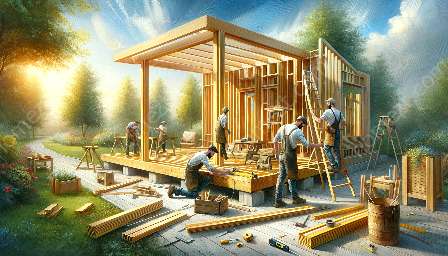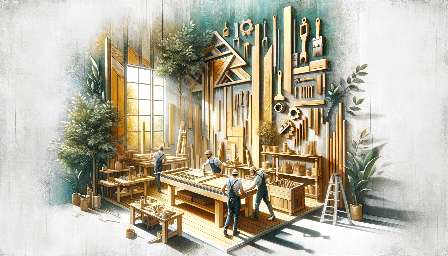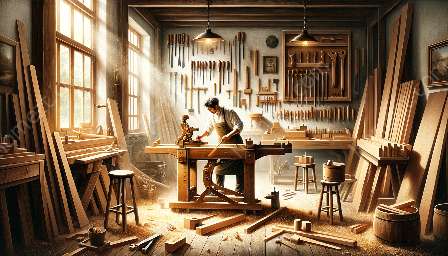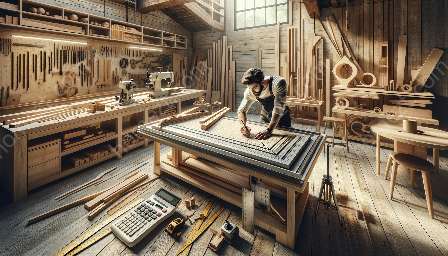Carpentry, as a craft, has a rich history that is deeply intertwined with traditional techniques passed down through generations. These historical and traditional carpentry techniques continue to be relevant in the modern era and play a crucial role in the domestic services industry.
Origins of Carpentry
The roots of carpentry can be traced back to ancient civilizations where skilled craftsmen utilized traditional techniques to construct structures, furniture, and various everyday objects. Each culture and region developed unique carpentry methods, influenced by the available resources and tools.
Significance of Historical and Traditional Techniques
Historical carpentry techniques hold immense significance as they embody the wisdom and ingenuity of past generations. These techniques encompass a wide range of skills, including joinery, timber framing, carving, and more, all of which contribute to the enduring quality of carpentry work.
Joinery and Woodworking
One of the fundamental traditional techniques in carpentry is joinery, which involves creating strong and durable connections between wooden elements. This includes mortise and tenon joints, dovetail joints, and many others, each with its own specific applications and strengths.
Timber Framing
Timber framing is another historical technique that has left an indelible mark on carpentry. This method of constructing wooden frames, often using traditional joints and pegged connections, has been used for centuries to create sturdy and long-lasting structures.
Traditional Tools and Equipment
Exploring historical and traditional carpentry techniques also involves delving into the tools and equipment that have been essential to the craft. Hand saws, chisels, planes, and other traditional tools reflect the expertise and precision required in traditional carpentry.
Preservation of Craftsmanship
While modern carpentry has seen the integration of technology and new methods, preserving historical and traditional techniques remains crucial. Many artisans and carpenters are dedicated to keeping these techniques alive, recognizing their value in creating authentic, high-quality woodworking.
Modern Relevance
These traditional carpentry techniques continue to be relevant in the domestic services industry, where a demand for custom, handcrafted woodwork persists. The timeless appeal of traditional carpentry adds a unique and authentic touch to homes and businesses, showcasing the enduring legacy of these techniques.
Conclusion
Historical and traditional carpentry techniques form the foundation of a craft that has stood the test of time. Understanding and appreciating these techniques not only adds depth to the practice of carpentry but also honors the legacy of skilled artisans who have contributed to the evolution of this timeless craft.

